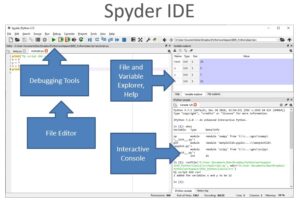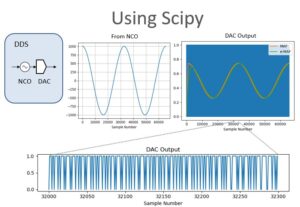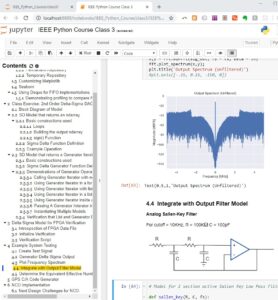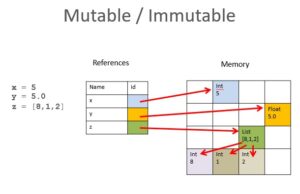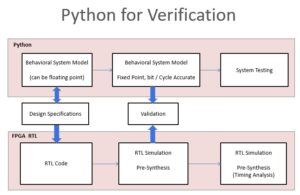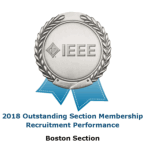IEEE Boston Section
News & Announcements!
- Call for Nominations – Deadline Extended to August 20 for IEEE Boston Section Awards Call for Nominations
- Call for Committee Volunteers – IEEE Boston Section Recruiting Volunteers
Upcoming Events!
The 2024 IEEE 67th International Midwest Symposium on Circuits and Systems (MWSCAS) is the North American flagship conference of the IEEE Circuits and Systems (CAS) Society. The theme for MWSCAS 2024 is “Driving the future of Integrated Microelectronics: Analog, Digital & Photonics to address global societal needs”
The conference will include oral and poster sessions, student paper contest, special sessions and tutorials given by experts in circuits and systems topics. and special sessions.
Call for PapersThe 2024 IEEE 67th International Midwest Symposium on Circuits and Systems (MWSCAS) is the North American flagship conference of the IEEE Circuits and Systems (CAS) Society. The theme for MWSCAS 2024 is “Driving the future of Integrated Microelectronics: Analog, Digital & Photonics to address global societal needs”
The conference will include oral and poster sessions, student paper contest, special sessions and tutorials given by experts in circuits and systems topics. and special sessions.
The 2024 IEEE 67th International Midwest Symposium on Circuits and Systems (MWSCAS) is the North American flagship conference of the IEEE Circuits and Systems (CAS) Society. The theme for MWSCAS 2024 is “Driving the future of Integrated Microelectronics: Analog, Digital & Photonics to address global societal needs”
The conference will include oral and poster sessions, student paper contest, special sessions and tutorials given by experts in circuits and systems topics. and special sessions.
The 2024 IEEE 67th International Midwest Symposium on Circuits and Systems (MWSCAS) is the North American flagship conference of the IEEE Circuits and Systems (CAS) Society. The theme for MWSCAS 2024 is “Driving the future of Integrated Microelectronics: Analog, Digital & Photonics to address global societal needs”
The conference will include oral and poster sessions, student paper contest, special sessions and tutorials given by experts in circuits and systems topics. and special sessions.
COURSE DESCRIPTION
Course Kick-off / Orientation 6:00PM – 6:30PM EDT; Thursday, August 29, 2024
First Video Release, Thursday, August 29, 2024. Additional videos released weekly in advance of that week’s live session!
Live Workshops: 6:00PM – 7:30PM EDT; Thursdays, September 5, 12, 19, 26
Registration is open through the last live workshop date. Live workshops are recorded for later use.
Course Information will be distributed on Thursday, August 29th in advance of and in preparation for the first live workshop session. A live orientation session will be held on September 5, 2024
Attendees will have access to the recorded session and exercises for two months (until November 26, 2024) after the last live session ends!
IEEE Member Early Rate (by August 1): $190.00
IEEE Member Rate (after August 1): $285.00
IEEE Non-Member Early Rate (by August 1): $210.00
IEEE Non-Member Rate (after August 1): $315.00
Decision to run/cancel course: Thursday, August 19, 2024
Speaker: Dan Boschen
This is a hands-on course combining pre-recorded lectures with live Q&A and workshop sessions in the popular and powerful open-source Python programming language.
Pre-Recorded Videos: The course format includes pre-recorded video lectures that students can watch on their own schedule, and an unlimited number of times, prior to live Q&A workshop sessions on Zoom with the instructor. The videos will also be available to the students for viewing for up to two months after the conclusion of the course.
Overview: Dan provides simple, straight-forward navigation through the multiple configurations and options, providing a best-practices approach for quickly getting up to speed using Python for modelling and analysis for applications in signal processing and digital design verification. Students will be using the Anaconda distribution, which combines Python with the most popular data science applications, and Jupyter Notebooks for a rich, interactive experience.
The course begins with basic Python data structures and constructs, including key “Pythonic” concepts, followed by an overview and use of popular packages for scientific computing enabling rapid prototyping for system design.
During the course students will create example designs including a sigma delta converter and direct digital synthesizer both in floating point and fixed point. This will include considerations for cycle and bit accurate models useful for digital design verification (FPGA/ASIC), while bringing forward the signal processing tools for frequency and time domain analysis.
Jupyter Notebooks: This course makes extensive use of Jupyter Notebooks which combines running Python code with interactive plots and graphics for a rich user experience. Jupyter Notebooks is an open-source web-based application (that can be run locally) that allows users to create and share visually appealing documents containing code, graphics, visualizations and interactive plots. Students will be able to interact with the notebook contents and use “take-it-with-you” results for future applications in signal processing.
Target Audience: This course is targeted toward users with little to no prior experience in Python, however familiarity with other modern programming languages and an exposure to object-oriented constructs is very helpful. Students should be comfortable with basic signal processing concepts in the frequency and time domain. Familiarity with Matlab or Octave is not required, but the equivalent operations in Python using the NumPy package will be provided for those students that do currently use Matlab and/or Octave for signal processing applications.
Benefits of Attending / Goals of Course: Attendees will gain an overall appreciation of using Python and quickly get up to speed in best practice use of Python.
All set-up information for the installation of all tools will be provided before the start of class.
Topics / Schedule:
Pre-recorded lectures (3 hours each) will be distributed Friday prior to all Workshop dates. Workshop/ Q&A Sessions are 6pm-7:30pm on the dates listed below:
Kick-off / Orientation: August 29, 2024
Thursday, September 5, 2024
Topic 1: Intro to Jupyter Notebooks, the Spyder IDE and the course design examples. Core Python constructs.
Thursday, September 12 ,2024
Topic 2: Core Python constructs; iterators, functions, reading writing data files.
Thursday, September 19, 2024
Topic 3: Signal processing simulation with popular packages including NumPy, SciPy, and Matplotlib.
Thursday, September 26, 2024
Topic 4: Bit/cycle accurate modelling and analysis using the design examples and simulation packages
Speaker’s Bio:
Dan Boschen has a MS in Communications and Signal Processing from Northeastern University, with over 25 years of experience in system and hardware design for radio transceivers and modems. He has held various positions at Signal Technologies, MITRE, Airvana and Hittite Microwave designing and developing transceiver hardware from baseband to antenna for wireless communications systems and has taught courses on DSP to international audiences for over 15 years. Dan is a contributor to Signal Processing Stack Exchange https://dsp.stackexchange.com/, and is currently at Microchip (formerly Microsemi and Symmetricom) leading design efforts for advanced frequency and time solutions.
For more background information, please view Dan’s Linked-In page.
Registration is open through the last live workshop date. Live workshops are recorded for later use.
IEEE Boston Section recognized for Excellence in Membership Recruitment Performance
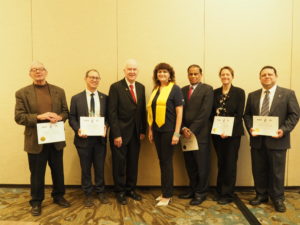
IEEE Boston Section was founded Feb 13, 1903, and serves more than 8,500 members of the IEEE. There are 29 chapters and affinity groups covering topics of interest from Aerospace & Electronic Systems, to Entrepreneur Network to Women in Engineering to Young Professionals. The chapters and affinity groups organize more than 100 meetings a year. In addition to the IEEE organization activities, the Boston Section organizes and sponsors up to seven conferences in any given year, as well as more than 45 short courses. The Boston Section publishes a bi-weekly newsletter and, currently, a monthly Digital Reflector newspaper included in IEEE membership.
The IEEE Boston Section also offers social programs such as the section annual meeting, Milestone events, and other non-technical professional activities to round out the local events. The Section also hosts one of the largest and longest running entrepreneurial support groups in IEEE.
More than 150 volunteers help create and coordinate events throughout the year.
Click here to join our email list!


